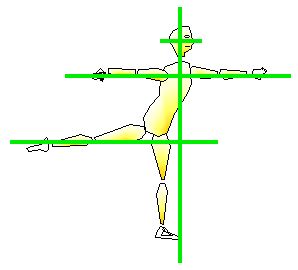from the youtube listing:
DE:
Der Moment, in dem die Sprache versagt und die Gesten ihre Bedeutung verlieren. Die Grenzen der Kommunikation, das Scheitern des Ausdrucks: Indem die amerikanische Choreografin Meg Stuart die Masken, Fiktionen und Wünsche der menschlichen Seele ausstellt, erinnert sie uns an unsere Verletzlichkeit.
Doch so sehr Meg Stuart das Misslingen von Dialog und Kollaboration in den Mittelpunkt stellt, so sehr ist ihr Werk von der Sehnsucht gerade nach deren Möglichkeit geprägt, von „dem Wunsch, die Zeit zusammenzupressen, die eigene Biografie neu zu schreiben, mehrere Körper gleichzeitig zu bewohnen, den Schmerz eines anderen zu spüren, die Leere anzunehmen, alle möglichen Wahrnehmungen einer komplexen Situation in einer einzigen Geste zu zeigen.Zum ersten Mal seit ihrem legendären ortsspezifischen Projekt „Highway 101 entwickelt Stuart gemeinsam mit ihrer Kompanie im Rahmen des steirischen herbst eine neue Arbeit für einen Ort, der kein konventioneller Theaterraum ist. Die große, leere Helmut-List-Halle nimmt sie als Herausforderung für eine Performance-Installation mit begrenzter Zuschauerzahl: Was unter dem Arbeitstitel „Project.08 bis zum Moment der Premiere in Graz entsteht, ist ein tänzerischer Abend zwischen Feier und Krise voller vergänglicher Verbindungen, unerbetener Geschenke und kleiner Wunder.
EN:
The moment when language fails and gestures lose their meaning. The limits of communication, the failure of expression: By exhibiting the masks, fictions and wishes of the human soul, American choreographer Meg Stuart reminds us of our vulnerability.
But as much as Stuart focuses on the failure of dialogue and collaboration, her work is characterised by the yearning for their possibility, by the will to compress time, to rewrite ones history, to live in many bodies at once, to fully experience the pain of another, to embrace emptiness, to show all perspectives of a complex situation in a single gesture.
For the first time since her legendary site-specific Highway 101 project, Stuart is developing a new piece for a non-theatre space together with her company for steirischer herbst. She takes the big empty Helmut-List-Halle as a challenge for a performance installation with a limited number of spectators: What she is developing under the working title Project.08 up to the moment of the première in Graz is an evening of dance set between celebration and crisis, full of fleeting links, unrequested gifts, and little miracles.
















